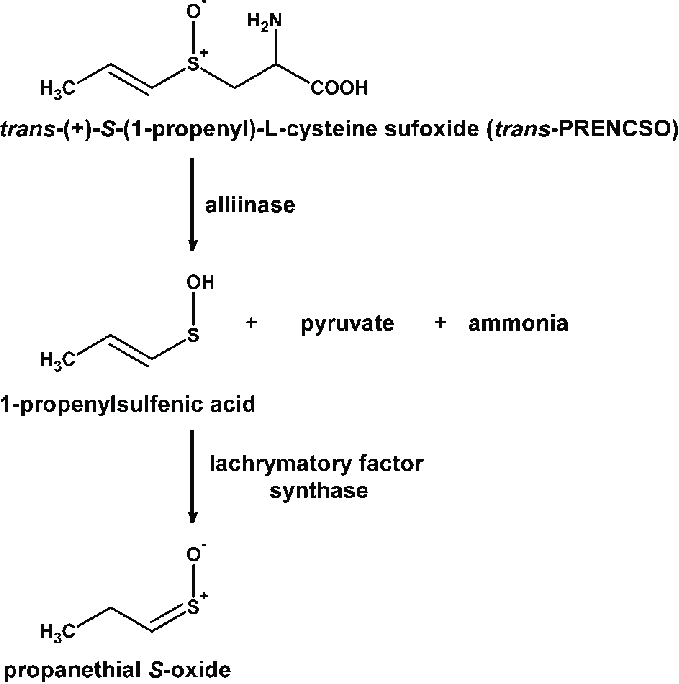"Advancements in iPSC-CM Research: From KCNJ2 Overexpression to 3D Human Engineered Heart Tissues"
- Arunpravin R S

- Nov 11, 2024
- 3 min read
Updated: Dec 4, 2024
iPSCs (induced pluripotent stem cells) are a powerful tool for medical research because they can be used to create a consistent and diverse source of cells for disease modeling and medication development. In particular, iPSC-derived cardiomyocytes (iPSC-CMs) have been of great interest to researchers studying heart disease, as these cells can be used to study the effects of different drugs and treatments on the heart.
However, iPSC-CMs often exhibit immature characteristics, such as spontaneous activity and uneven morphologies. To address this, researchers have focused on increasing the expression of the inwardly rectifying potassium channel Kir2.1, which stabilizes the resting membrane potential and enhances cellular maturation.
A recent study sought to evaluate the effects of overexpression of the KCNJ2 gene, which encodes Kir2.1, on the electrophysiological properties of iPSC-CMs. The study involved cloning the KCNJ2 fragments and using it to engineer 3D tissues. The researchers also performed patch clamp and Ca2+ imaging, RNA sequencing, qPCR, western blot, and measured oxygen consumption.

Figure 1. Preparation and evaluation of 3D human EHTs using KCNJ2 OE iPSC-CMs. a Process of decellularizing rat hearts and preparing a natural heart extracellular matrix (ECM). b Major ECM compositions (laminin, fibronectin, and collagen III) of decellularized hearts and native rat hearts detected by immunofluorescence staining. c Schematic diagram of the preparation of 3D human engineered human heart tissues (EHTs) with or without KCNJ2 OE.
The study found that overexpression of KCNJ2 in iPSC-CMs resulted in functional and morphological changes. The majority of KCNJ2-overexpressing iPSC-CMs were quiescent and required pacing to elicit action potentials. The Ca2+ transients were also significantly increased in KCNJ2-overexpressing iPSC-CMs, compared to control cells.
However, the study also found that increasing the expression of Kir2.1 is not as simple as just "cranking up the volume." While the overexpression of KCNJ2 did result in some improvements in cellular maturation, there were also some negative consequences, such as a decrease in overall contractility and an increase in mitochondrial dysfunction.
In addition to the study on iPSC-CMs, another study used human umbilical cord-derived mesenchymal stem cells (hUC-MSCs) to generate 3D human engineered heart tissues for ex vivo experiments. Rat hearts were used to prepare decellularized natural heart extracellular matrix, which was then seeded with a mixture of iPSC-CMs and MSCs to generate 3D human EHTs that were cultured for 7 days.
The study of iPSC-CMs and the generation of 3D human EHTs have both contributed to the ongoing search for mature and functional iPSC-CMs. While progress has been made in understanding the effects of Kir2.1 overexpression on cellular maturation, there is still much to be learned about the complex interactions between different genes and cellular processes.

In conclusion, iPSCs and iPSC-CMs have revolutionized medical research by providing a consistent and diverse source of cells for disease modeling and medication development. However, there is still much work to be done to fully understand the properties of iPSC-CMs and to generate fully mature and functional cells for use in research and therapy. The study of KCNJ2 overexpression and the generation of 3D human EHTs represent important steps forward in this ongoing effort.
About the Author
Thamizhinian V
Biotech
Undergraduate
REFERENCES & IMAGE CREDITS:
Zhou, J., Cui, B., Wang, X. et al. Overexpression of KCNJ2 enhances maturation of human-induced pluripotent stem cell-derived cardiomyocytes. Stem Cell Res Ther14, 92 (2023). https://doi.org/10.1186/s13287-023-03312-9




Comments